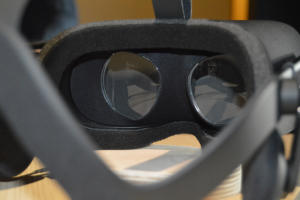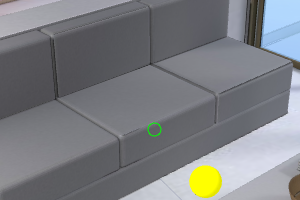Article created by Sebastian Sanabria

Virtual reality is a set of technologies joined to create what is called an immersive experience, to let in the user enter a generated world, based on real or not elements to have contact with something that you usually can not because of e.g. distance, or because it simply does not exists.
It requires what is called a Head Mounted Display (HMD for short) which are a set of goggles that have two High Definition (1080p) and High Latency (90 Hz / 90 fps) screens; these are focused with the Fresnel Lenses, that let the user see the screen up close. The difference in output from these two screens is what let the user perceive stereo vision and depth.
There are various HMD in the market right now, the most known are the Oculus Rift (https://www.oculus.com/) and the HTC Vive (https://www.htcvive.com/us/) manufactured by Valve.
Currently both are the State of the Art in Virtual Reality and there are others that do not require a tethered computer to render the powerful graphics, they could use the power of a smartphone’s GPU to render very similar graphics at a low cost.

Uses
It has many applications, here are a few fields and examples:
- Military: training, equipment of new devices or vehicles
- Education: Dinosaurs, cell process, 360 video
- Healthcare: training for operations, teaching about the human body and its parts.
- Entertainment: 3D and 360 movies, games, abstract experiences
- Fashion: Test not developed garments in virtual mirrors; virtual shopping
- Heritage: Visit museums or look at not available pieces because of restoring or in other museums
- Business: Real Estate model houses
- Engineering: Mechanic gears; demo objects prior a 3D print
- Sport: Study plays for sport teams; also 360 video to watch matches
- Media: Virtual environments to play music, virtual DJs
- Scientific Visualisation: 3D visualization of a hurricane; to show Big Data in an immersive environment.
- Telecommunications: Virtual Reality chats, where you are in a lobby or room talking to others
- Construction: Building modeling and testing of the space.
- Film: full movies or testing scenes prior a shooting
- Art and Design: Tools to model and sculpt objects that require the 3D perception of space to model.
- Phobias: To help people overcome fears, such as heights or spiders.
http://www.vrs.org.uk/virtual-reality-applications/